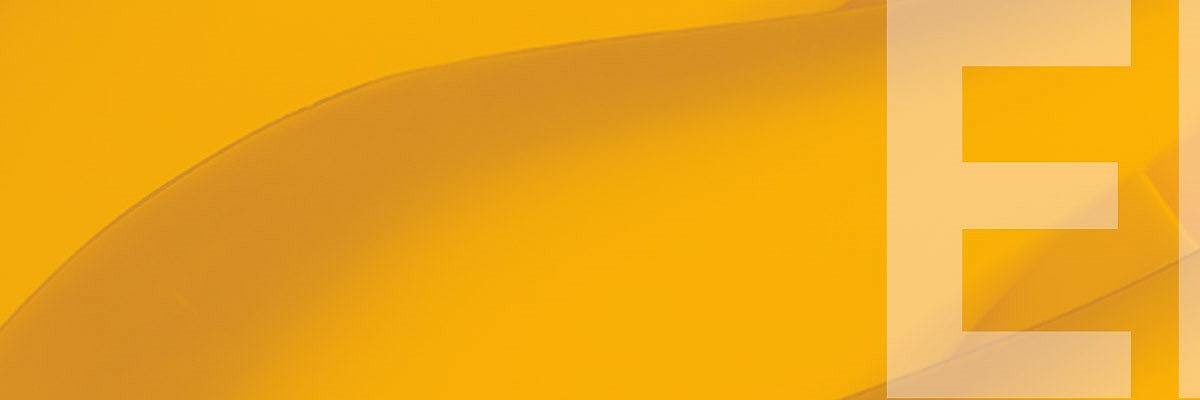


Inventive step, and thus patentability, of a claimed invention may be based on experimental data that demonstrates a technical effect. The Enlarged Board of Appeal has now decided on whether experimental data filed after the filing date of a patent application is admissible (reference G 2/21). The decision is particularly important for pending and future cases in the field of life sciences: in this field, a technical effect can often only be derived from experimental data.
Key findings
1. The Enlarged Board of Appeal confirmed the principle of free evaluation of evidence as being a general principle when assessing evidence under the EPC.
2. For questions of inventive step, an Applicant or Proprietor may rely upon evidence of a technical effect, even when filed after the application date, if the skilled person, having the appropriate common general knowledge in mind and based on the application as originally filed, would derive said effect as being encompassed by the technical teaching and embodied by the same originally disclosed invention.
3. The Enlarged Board of Appeal further concluded that the term "plausibility" commonly applied by the European Patent Office does not amount to a distinctive legal concept or a specific patent law requirement under the EPC.
Background - assessment of inventive step at the EPO
Presence of an inventive step is a prerequisite for the grant and validity of a European Patent. For the assessment of inventive step, the so-called problem-solution approach is applied in the proceedings before the European Patent Office (EPO). According to the Guidelines for the Examination of the European Patent Office (hereinafter referred to as "Guidelines"), the problem-solution approach is intended to make the assessment of inventive step objective and predictable.
Under the problem-solution approach, experimental data showing that the distinguishing feature(s) impart(s) a technical effect over the closest prior art may lead to the formulation of a challenging objective technical problem and subsequently to an affirmative finding of inventive step.
On the filing date of the patent application, however, the Applicant is often not aware of the closest prior art which will be determined in the context of the problem-solution approach. This is particularly the case if the development is based on the Applicant’s own products or processes which do not represent the closest prior art according to the EPO Examiner.
According to the guidelines , in some cases there may be several equivalent starting points (closest prior art documents) for the assessment of inventive step. In such cases, when assessing the inventive step, it may be necessary to formulate the problem-solution approach starting from each closest prior art.
For these reasons, a patent application often does not contain experimental data showing a technical effect over the closest prior art for the distinguishing feature(s) as determined under the problem-solution approach.
For the affirmation of inventive step, it may be decisive that experimental data can be submitted after the filing date of the patent application, in order to show a technical effect for the distinguishing feature(s) compared with the closest prior art. , 4
According to the currently applicable guidelines , the relevant information and evidence to be taken into account in the assessment of inventive step may be filed as so-called "post-published evidence", even after the filing date of the patent application. However, according to the guidelines4, if new technical effects are mentioned in support of the inventive step, such new technical effects can only be taken into account if they are implied by, or at least related to, a technical problem initially suggested in the originally filed application.
The underlying case
In the Opposition/Appeal proceedings "Insecticide compositions" (Syngenta versus Sumitomo Chemical Company) before the Board of Appeal 3.3.02 of the European Patent Office, experimental data which was only filed in the opposition proceedings is decisive for the affirmation of inventive step.
Considering the experimental data, the objective technical problem can be readily formulated as providing an insecticide composition in which the insecticides have synergistic activity against a particular pest. The solution to the problem would then be considered inventive.
Without this experimental data, the objective technical problem can only be formulated in a less demanding way to be providing an alternative insecticide composition. The solution to this problem would not be inventive.
The validity of the patent in the present proceedings consequently depends on the consideration of the experimental data.
In the interlocutory decision T 116/18, the Board of Appeal was of the opinion that three different lines of case law had emerged among the Boards of Appeal regarding the circumstances under which so-called "post-published evidence" may, or may not, be taken into account.
The legal question under which circumstances so-called "post-published evidence" may, or may not, be taken into account is of fundamental importance and a decision was deemed essential to ensure a uniform application of the law.
The questions referred
The Board of Appeal 3.3.02 in decision T 116/18 referred the following three questions to the Enlarged Board of Appeal:
"If for acknowledgement of inventive step the patent proprietor relies on a technical effect and has submitted evidence, such as experimental data, to prove such an effect, this evidence not having been public before the filing date of the patent in suit and having been filed after that date (post-published evidence):
1. Should an exception to the principle of free evaluation of evidence (see e.g. G 3/97, Reasons 5, and G 1/12, Reasons 31) be accepted in that post-published evidence must be disregarded on the ground that the proof of the effect rests exclusively on the post-published evidence?
2. If the answer is yes (the post-published evidence must be disregarded if the proof of the effect rests exclusively on this evidence), can the post-published evidence be taken into consideration if, based on the information in the patent application in suit or the common general knowledge, the skilled person at the filing date of the patent application in suit would have considered the effect plausible (ab initio plausibility)?
3. If the answer to the first question is yes (the post-published evidence must be disregarded if the proof of the effect rests exclusively on this evidence), can the post-published evidence be taken into consideration if, based on the information in the patent application in suit or the common general knowledge, the skilled person at the filing date of the patent application in suit would have seen no reason to consider the effect implausible (ab initio implausibility)?"
The Decision
The Enlarged Board of Appeal ruled as follows:
“1. Evidence submitted by a patent applicant or proprietor to prove a technical effect relied upon for acknowledgement of inventive step of the claimed subject-matter may not be disregarded solely on the ground that such evidence, on which the effect rests, had not been public before the filing date of the patent in suit and was filed after that date.
2. A patent applicant or proprietor may rely upon a technical effect for inventive step if the skilled person, having the common general knowledge in mind, and based on the application as originally filed, would derive said effect as being encompassed by the technical teaching and embodied by the same originally disclosed invention.”
Evaluation
The Enlarged Board of Appeal’s Decision is reasonable. The Decision allows the deciding body of the European patent office to take a decision on whether or not “post-published evidence” may, or may not, be relied upon in support of an asserted technical effect when assessing whether or not the claimed subject-matter involves an inventive step.
In view of the formal problem-solution approach, it is important that the deciding body of the European Patent Office has sufficient flexibility to accept or disregard, and is not obliged to simply reject, any "post-published evidence".
The rejection of "post-published evidence" without any discretion for the deciding body would be problematic for applications where a new document is determined to be the closest prior art under the problem-solution approach. In these cases, further experimental data as evidence of a technical effect of the distinguishing feature over the closest prior art, and a reformulation of the objective technical problem, might be necessary. Applicants cannot be expected to file experimental data related to all conceivable objective technical problems with the patent application at the filing date, and this new Decision supports and underlines this logical approach.